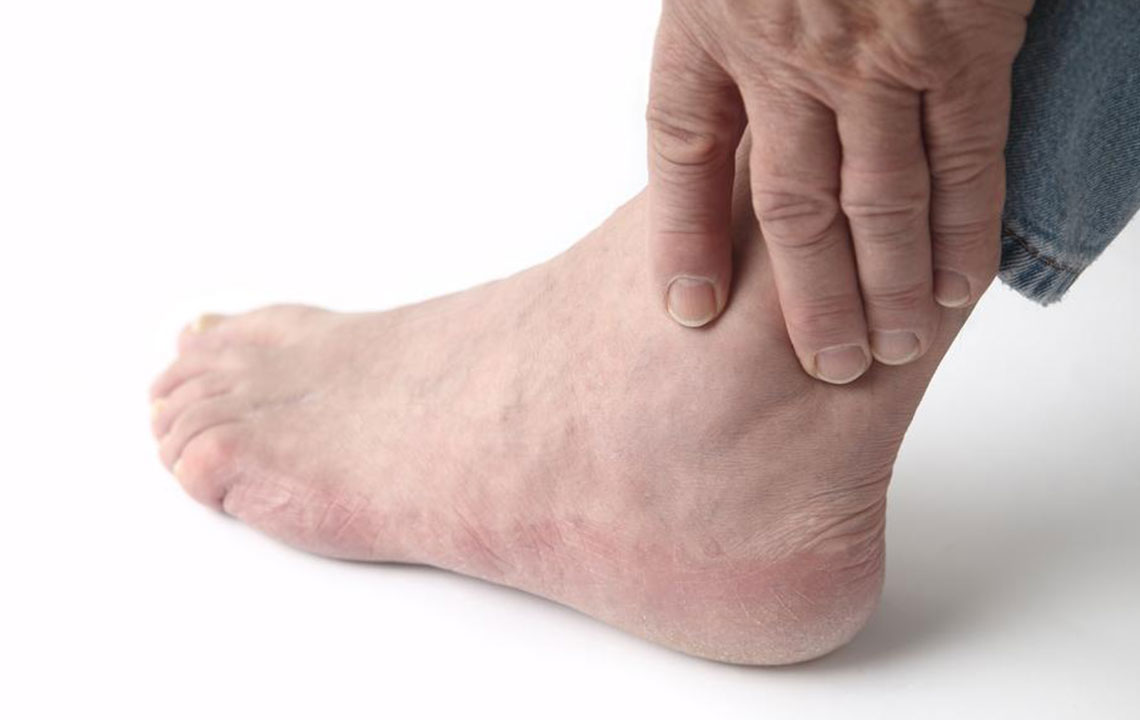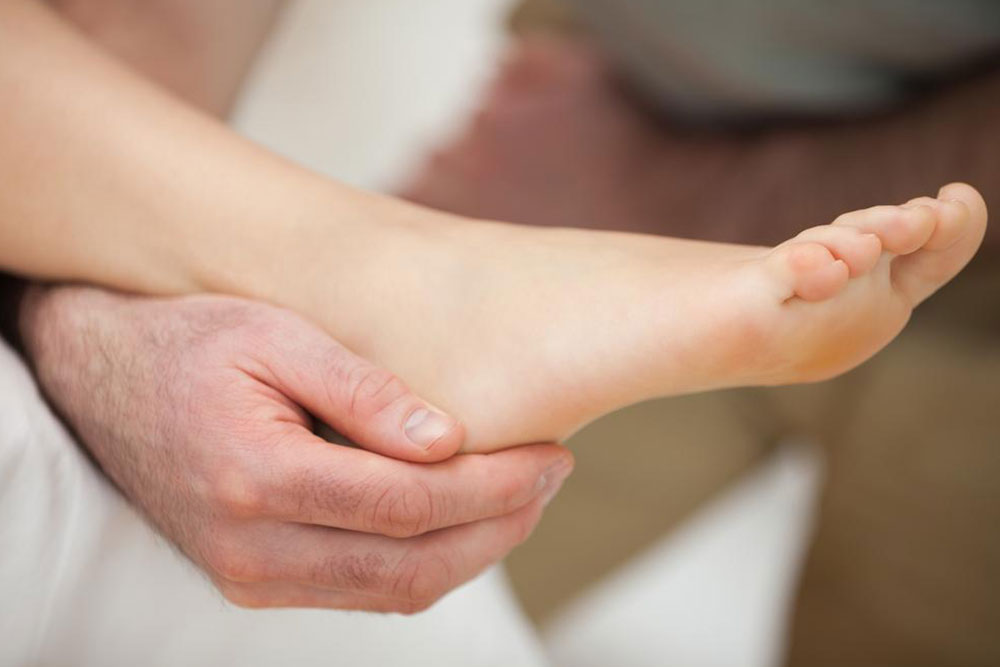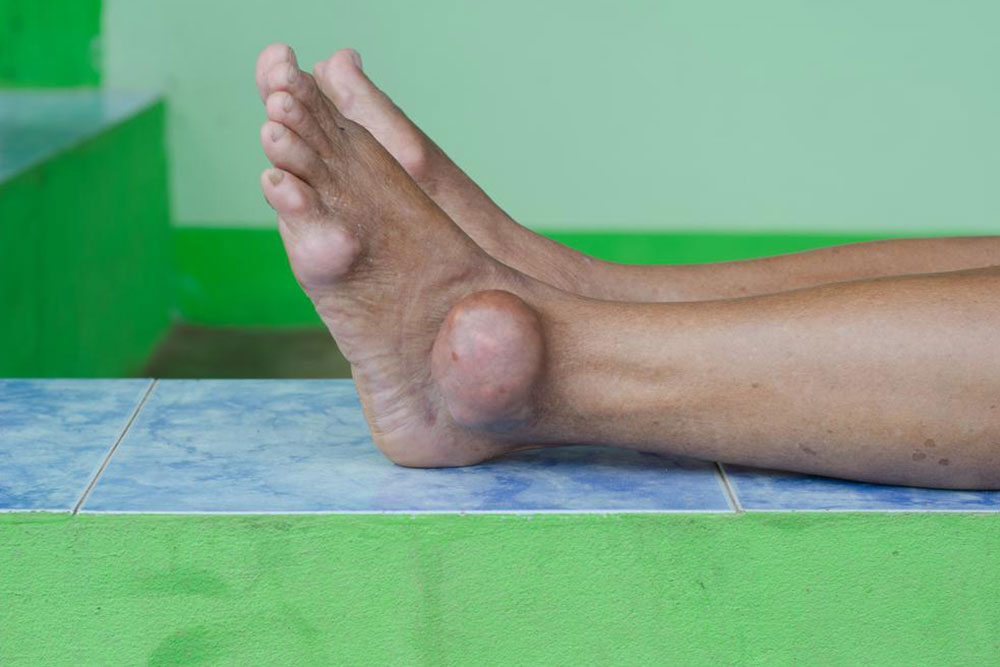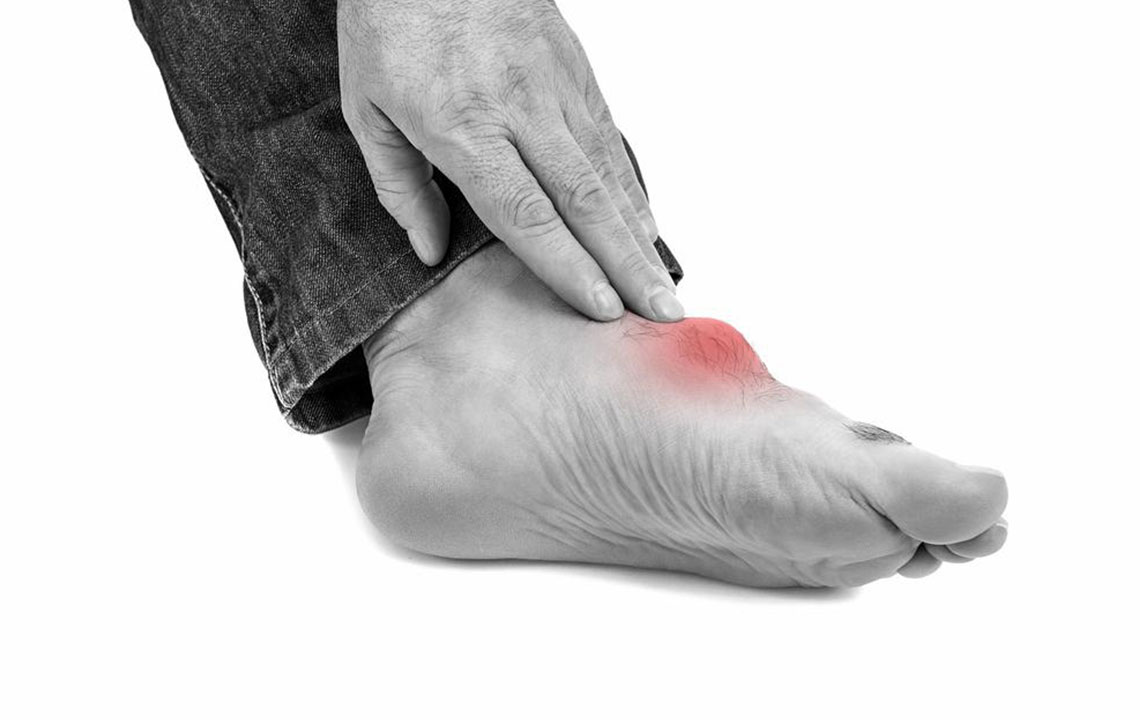Effective Strategies to Alleviate Gout-Related Foot Discomfort
Learn effective methods to manage gout foot pain, including medication, cold therapy, hydration, elevation, and relaxation techniques. Timely care can help reduce severity and improve quality of life during gout attacks.
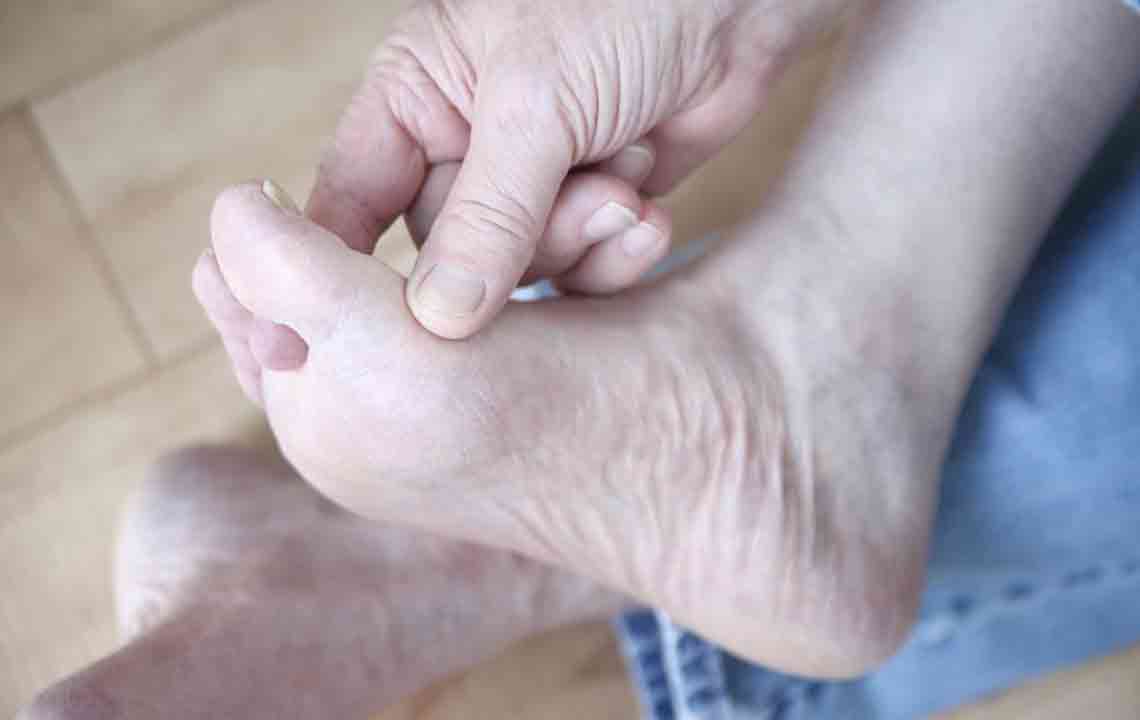
Effective Strategies to Alleviate Gout-Related Foot Discomfort
Gout is a type of arthritis characterized by intense pain, caused by excess uric acid buildup leading to crystal deposits in joints. Foot pain is a common symptom, affecting toes, ankles, and feet, often occurring suddenly without warning. These painful episodes can significantly disrupt daily routines, making management essential.
During a gout flare-up, prompt action can help reduce pain. Quick intervention is crucial to minimize discomfort and prevent complications.
If experiencing gout foot pain, immediately take prescribed medications or over-the-counter pain relievers like ibuprofen—after consulting a healthcare professional. Continuing your regular uric acid-lowering treatment is vital. Applying cold packs to inflamed joints can reduce swelling and pain. Contact your doctor for proper diagnosis or adjustment of medications, especially if symptoms persist.
Consume ample fluids to flush out excess uric acid, avoiding sugary drinks and alcohol. Elevate your feet when resting to decrease swelling. Use cushions or support to keep pressure off the affected area and prevent further pain. Protect your foot from touch or pressure by covering it and keeping it warm with socks if necessary.
Relaxation techniques such as listening to music, reading, or watching movies can help reduce stress, which may worsen pain. Proper management of gout attacks involves timely medication, hydration, rest, and stress relief, helping minimize discomfort and shorten attack duration.

